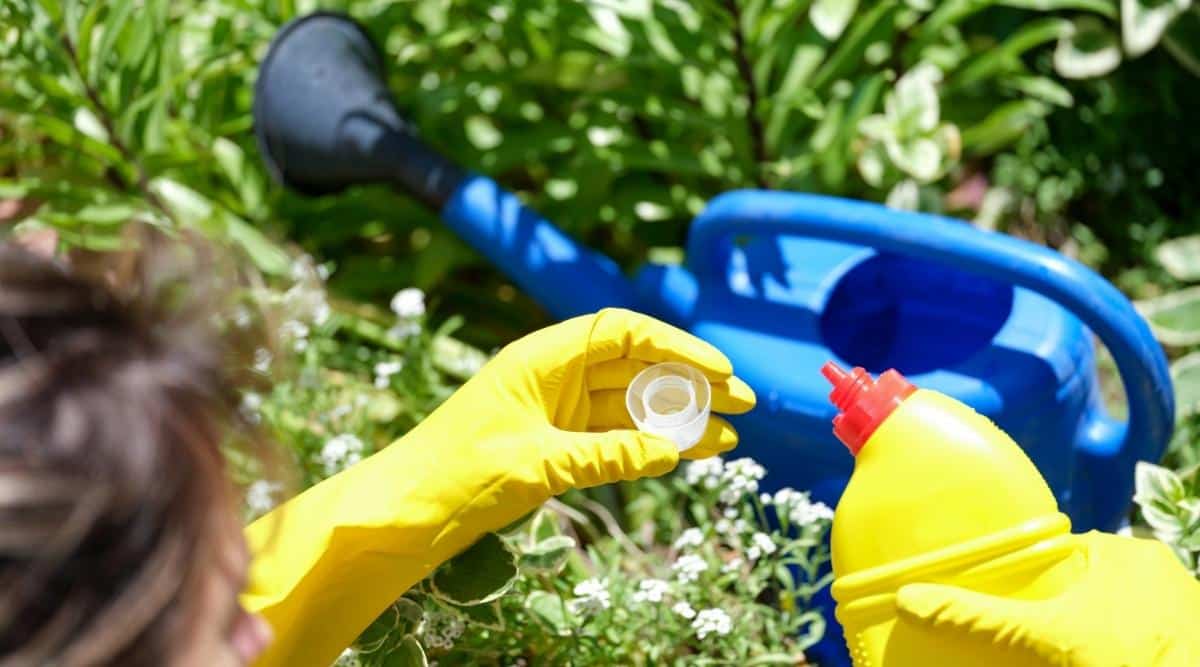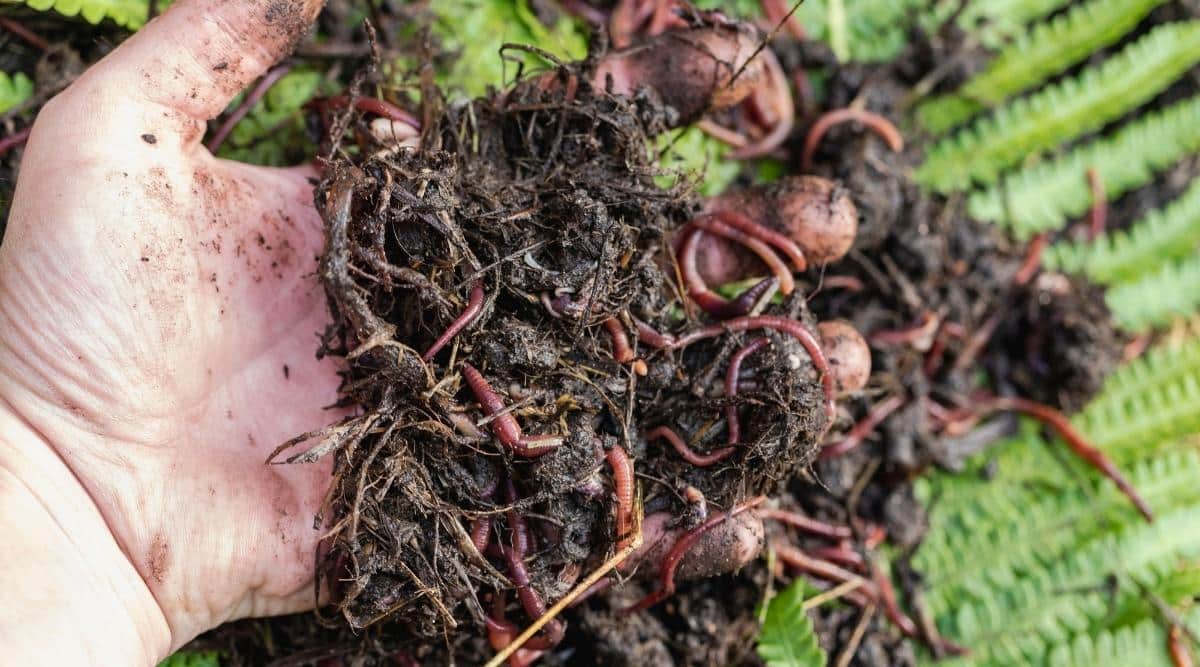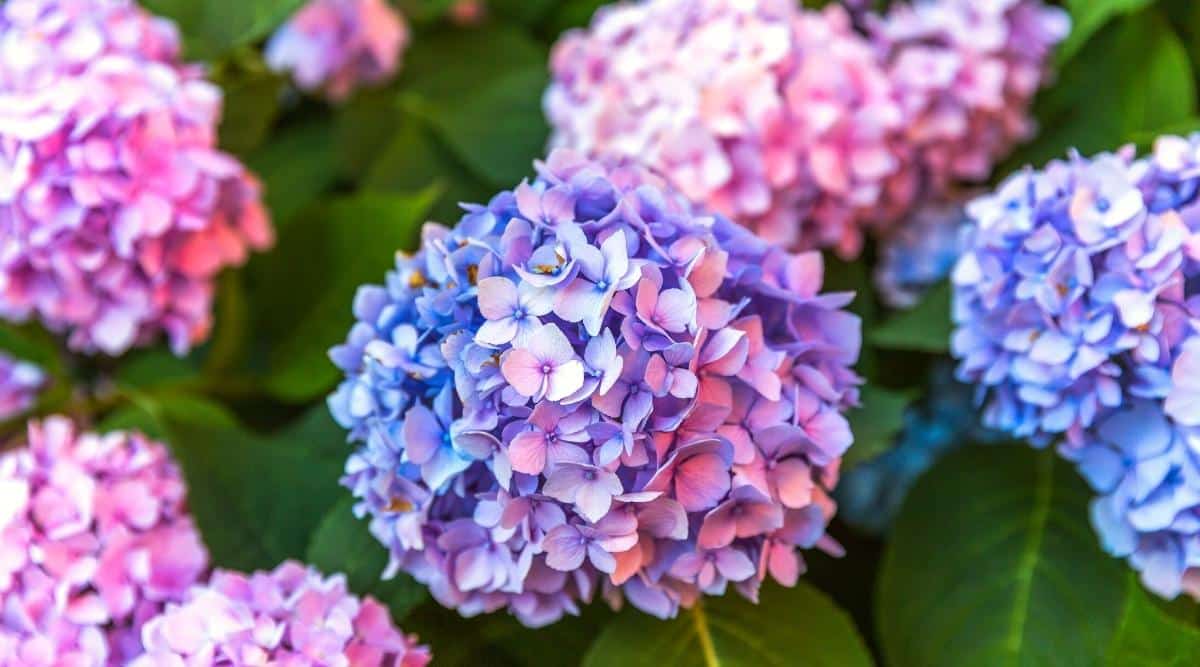Shrubs
Not certain when or how to fertilize your hydrangeas ? While the fertilization process is square , there is some basic information that ’s important to know . In this article , gardening expert and hydrangea enthusiast Jill Drago walks through the right times of yr to feed your hydrangeas , and how to do it by watch a few dim-witted steps !
Contents

hydrangea are a garden favorite . Their large flowers can be the showstopper in the garden or a gorgeous accent plant life lining mete and pathways . They grow in most locating and almost every part of the United States . There aremany dissimilar types of hydrangeas , most of which are large-minded of almost all conditions .
Hydrangeasare relatively humbled sustainment , but even the blue care plants need a little hike every now and then . Fertilizing is an gentle garden task , and sometimes it is not even necessary . But how do you feed them , and when should you fecundate them for the good resultant role ?
Keep on reading to learn everything you need to know aboutfertilizing your hydrangeas . You ’ll find out about different fertilizer types , as well as the unspoilt clock time of year to commence fertilizing . We ’ve also put together a whole step - by - step guide of how it ’s done .

Should You Fertilize?
Plants do n’t always get the nutrient theyneed to pull round , and thrive . In many areas of the cosmos , the stain can be lack in vital nutrient that plant life call for to thrive and rosiness . Fertilizer help oneself supplement pretermit nutrients in the ground , which can help your hydrangeasbuild a stronger plant foundationand boost bloom product .
Not every gardener should inseminate , and not every nurseryman needs to fertilise . But unremarkably , most soils do not have the arrant nutrient profile .
When you fertilize your hydrangea , you ’ll see several benefits . Your plants willbloom for longer periods , have bigger blooms , and have bloom colors that are incredibly pictorial , making your plant the envy of your visitor .

When to Fertilize
When you are fertilizing , you do need to keep the time of yr in mind . You will be good as long as youdon’t apply any plant food after August .
The reason for this is that once yourhydrangea has stopped blooming , the fertilizer will induce your flora to produce a circle of new growth . This young growth may not have time to harden off before the temperature cast off . This can cause wintertime harm to your plants .
How to Fertilize
Fertilizing is fairly straightforward . You ’ll follow five dim-witted steps , along with a bonus step if you are fertilizing to change your hydrangea ’s color . Let ’s take a looking at how it ’s done , step - by - step .
Step 1: Test Your Soil
While this is not a require step when it comes to fertilizing hydrangeas , itisrecommended . Soil test can cater you with a lot of information about what is survive on in your soil . This data can aid you make a more efficient plant care design .
There are a variety of ways to have your soil tested . you could purchase a tryout correctly online or at a garden center . Or you’re able to go through a research laboratory or a local extension authority . You will learn about your soil pH , as well as the levels of nutrients in your stain .
You may have more than enough nutrient in your soil and can hop-skip fertilize altogether . Or you could be really lack something crucial and can supplement as needed .

Step 2: Choose Your Fertilizer
There is a fertilizer for every want these days . You shouldchoose the fertilizer that is right foryour soil chemical science and the motive of your plant . You ’ll ask to resolve between constituent or non - constitutional and agile versus dim - release . Let ’s take a flavor at the unlike options .
Inorganic fertiliser are made up of synthetic constituent . Hydrangeas benefit from a 10 - 10 - 10 NPK fertilizer . If you are look to hike your blooms , you will want a higher phosphorus fertiliser , something like a 10 - 20 - 10 NPK would be great .
Often , inorganic plant food is slow - release which many gardeners see as a benefit because you do not need to reapply throughout the time of year .

constitutive fertilizers also have amazing benefit . They are good for the environment andkeep your plant healthy and strong . Keep in mind that because there are no synthetical constituent to these fertilizer . This means the final result may not be quite as “ heavy ” as inorganic result .
When you are choosing afertilizer for hydrangeas , appear for something label for acid - bed flora . If you would like to boost your bloom , try fish bone meal merchandise , which is high in phosphorus .
Slow - spillage plant food are of the inorganic mixture . They are small granules that are coated toprevent the fertilizer from releasing all at once . When utilise , it is of import to scratch the soil airfoil beforehand . Soil middleman helps the fertilizer release .

Quick - discharge fertiliser come up in all varieties : liquid and granular . Liquid fertilizers are usually in a foliar provender .
They could also be organic or inorganic . Whichever fertilizer you choose , these ready - release choice will provide your works with instant nutrition . These types of fertiliser are great if your hydrangea needs a immediate pick me up or if you do n’t bear in mind making multiple coating per season .
Step 3: Water Your Plants
Before you apply your plant food , no matter what time of the year , it is a adept idea to check that your works is n’t dry . If the roots are dried out , fertilizer can burn the plant . You will see fertilizer sunburn as dry brown spots on the leaves .
Hydrangeas call for aboutone inch of water a weekfrom rain or irrigation . Keep on top of your watering before you fertilise for the honest results .
Step 4: Apply Your Fertilizer
The program of fertilizer will differ greatly calculate on what product you have prefer for your garden .
You may need to abstract your fertilizer up to your hosiery , or you may need to practice a measure scoop shovel or spoon to employ granular fertiliser . bust garden gloves is always recommended .
Step 5: Add Compost
Adding compost is an amazing way to advance everything in your garden . It provides substantive nutrient in a safe way andimproves the construction of your soil .
Adding compost yearly to all of your gardens is great . Some years I will supply compost to the entire surface of my gardens . Other geezerhood , I will just sum up it around each case-by-case plant . Either way , I have great results with the growth of my plants .
I can also in person testify to the melioration of dirt . Many gardens are very arenaceous . After about ten old age of adding compost , I can see bed of both sand and compost when I grasp hollow for new plant .

Step 6: Fertilizing to Change Color (Optional)
Beyond better plant health , you could also fertilizebigleaf hydrangeasandmountain hydrangeastochange their bloom color . These type of hydrangea may blossom in shades of white , pink , majestic , carmine , or blue .
Their flower colors aredependent on the pH of your soil . low pH will make more acidity . filth that have a pH of 5.5 or lower will substantiate blue peak , where dirt that have a pH of 6.5 or higher will suffer pink flowers .
This is an representative where a land test is especially helpful . You could also utilize apH bore , which take care like a thermometer that you just amaze into your grunge and get a read on your pH.

It ’s easier to tot more than it is to take away . If your plant is dry , water before apply this solution . This method should only be used double a year , once in April and once in May .
When it comes to brightening the pink bloom on your hydrangea , garden limewill be your best peter . use a powder form of lime to the substructure of the plant life in April and again in October .
Final Thoughts
However you resolve tofertilize your hydrangeasis your pick . By succeed the above tips , you will have set yourself up for success . ensure you ’ve break up the right type of fertiliser , and plan on fertilizing at the clock time during grow time of year . Their blossoms will be bigger , leaves greener , and the works will be healthier overall !

